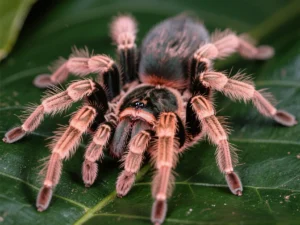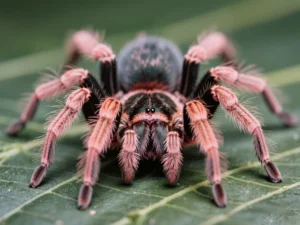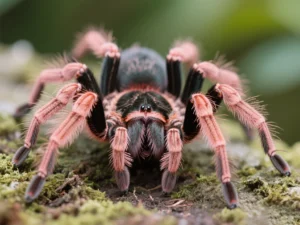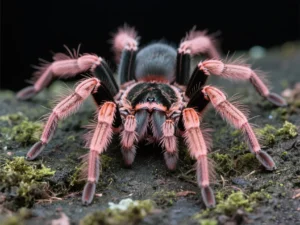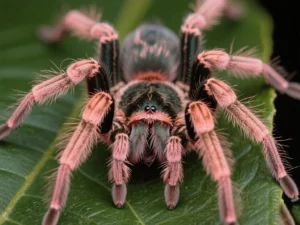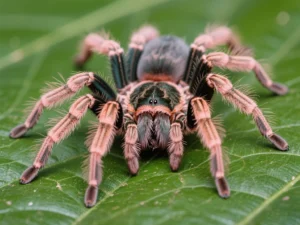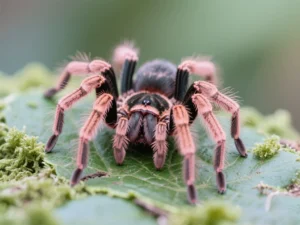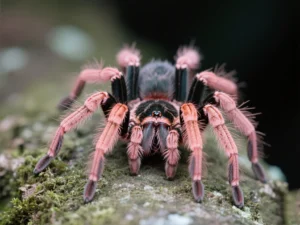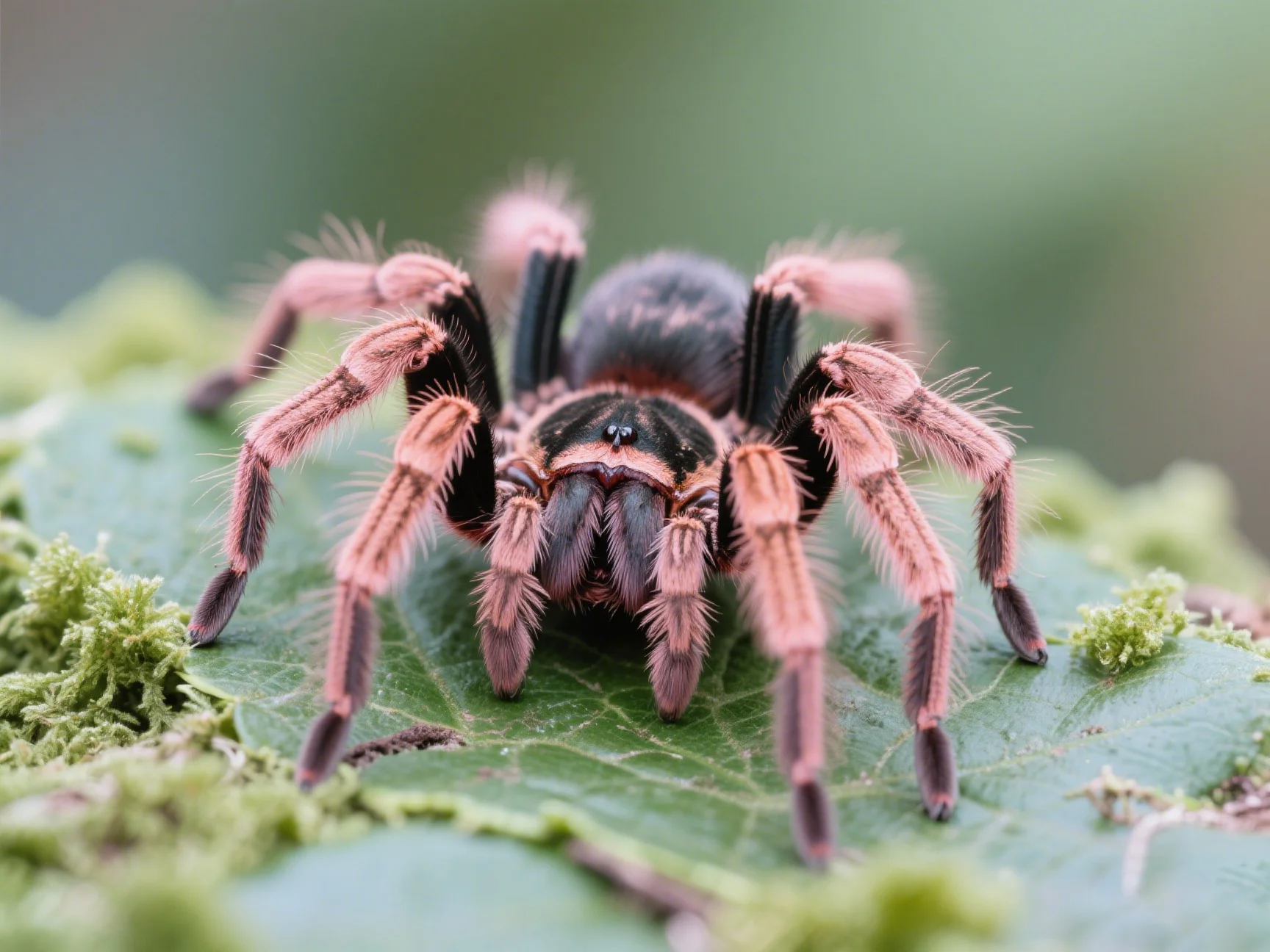
Tarantula Husbandry
What kind of enclosure is best for an Antilles pinktoe tarantula?
Choosing the right enclosure is fundamental to successfully keeping an Antilles pinktoe tarantula (Caribena versicolor). As an arboreal species, their housing needs differ significantly from terrestrial tarantulas. Providing a vertically oriented space with ample climbing opportunities and proper ventilation is key.
Arboreal Nature
Caribena versicolor are tree-dwelling spiders native to the Lesser Antilles islands like Martinique. In the wild, they build silken tube webs high off the ground in trees and vegetation (Wikipedia contributors, “Caribena versicolor,” Wikipedia, The Free Encyclopedia). This natural behavior dictates their enclosure requirements: **height is more important than floor space**.
Enclosure Type and Size
- Orientation: Vertical or arboreal setups are essential. Standard rectangular tanks turned on their end, specialized arboreal acrylic enclosures, or tall plastic containers can work well.
- Size Guidelines:
- Spiderlings: Small vials or deli cups (e.g., 32oz) with ventilation holes are suitable. They need smaller spaces to easily find food.
- Juveniles: As they grow, they can move into small arboreal enclosures, roughly 4x4x6 inches (LxWxH) or slightly larger.
- Adults: An enclosure around 8x8x12 inches (LxWxH) or 10x10x15 inches is generally recommended for an adult female. Males might be comfortable in slightly smaller setups. Avoid excessively large enclosures, which can make it hard for them to find food or feel secure.
- Material: Clear plastic or acrylic is often preferred over glass as it holds humidity better and is lighter. Ensure any enclosure has secure locking mechanisms.
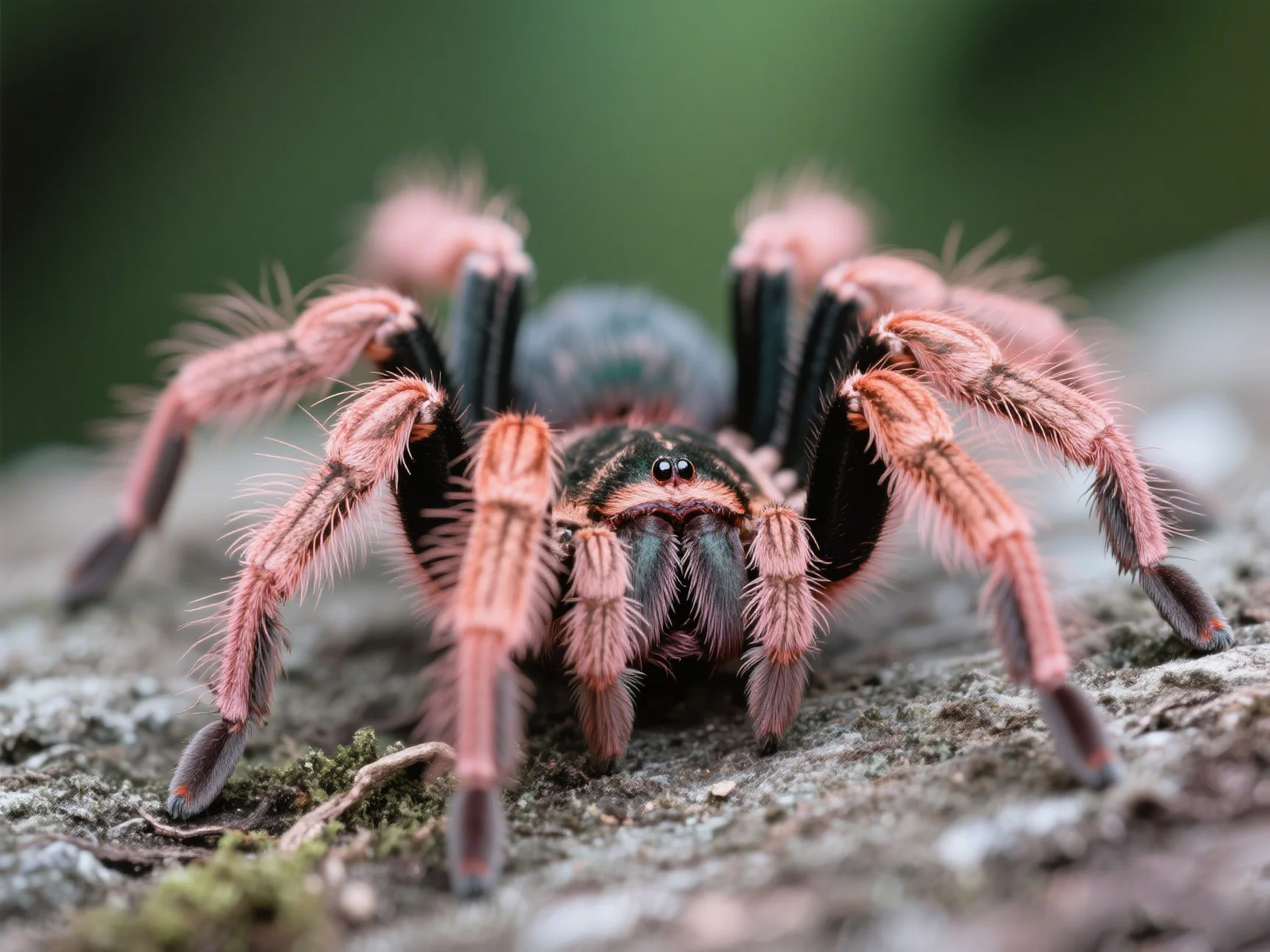
Substrate and Decor
- Substrate: A layer of 2-3 inches of substrate like coconut fiber, peat moss, or vermiculite helps maintain humidity. It should be kept slightly damp but not waterlogged.
- Climbing Structures: Essential for arboreal species. Provide plenty of vertical cork bark slabs, branches (sterilized), and artificial or safe live plants (like Pothos). These offer climbing surfaces and anchor points for webbing.
- Hiding Place: While they often web high up, providing a cork bark tube or similar structure offers security.
- Water Dish: A shallow water dish should always be available for juveniles and adults. For spiderlings, misting is often sufficient for hydration.
Setting up the [arboreal tarantula enclosure setup](https://www.lopehare.com/tarantula-pet-care/) correctly from the start is crucial for the tarantula’s well-being.
Anchor Points: Ensure decor elements are stable and reach near the top of the enclosure, allowing the tarantula to build its web retreat effectively.
Ventilation and Lid
- Ventilation: Crucial for preventing stagnant air and mold growth, especially given the higher humidity requirements. Cross-ventilation (holes on opposite sides of the enclosure, some low and some high) is ideal. Screen tops can provide good ventilation but may make maintaining humidity harder.
- Lid Security: Tarantulas are escape artists. The lid must be absolutely secure.
By providing a tall, secure enclosure with ample climbing opportunities, appropriate substrate, good ventilation, and correct humidity levels, you create an environment where your Antilles pinktoe tarantula can thrive and display its natural arboreal behaviors.
Reference: Wikipedia contributors. (2023). Caribena versicolor. In *Wikipedia, The Free Encyclopedia*. Retrieved from https://en.wikipedia.org/wiki/Caribena_versicolor
